JuzaPhoto uses technical cookies and third-part cookies to provide the service and to make possible login, choice of background color and other settings (
click here for more info).
By continuing to browse the site you confirm that you have read your options regarding cookies and that you have read and accepted the
Terms of service and Privacy.
You can change in every moment your cookies preferences from the page
Cookie Preferences, that can be reached from every page of the website with the link that you find at the bottom of the page; you can also set your preferences directly here
Sigma, Canon, Tamron and Tokina APS-C Wide-Angles
When the first APS-C digital cameras were introduced, there weren't wide-angle built exclusively for this format, so it was impossible to get a real wide: even a 14mm on APS gives the equivalent of 21mm. Nikon was the first to introduce an wide lens created exclusively for APS - the Nikkor 12-24 f/4 - and in the next years all other manufacturer have announced their APS-C wide angles. These lenses cover exclusively the APS-C format, if you mount them on fullframe cameras you will get a small image with large black corners, but they allow to get a real wide angle: 10mm, that is the equivalent of 15mm on fullframe. In this article, I have compared five of the most popular APS-C wide angles!
Specifications (compared with similar lenses)
����| � | � �Tamron 10-24 | � �Sigma 10-20 f/3.5 | � �Sigma 10-20 | � �Canon 10-22 | � �Tokina 11-16 |
�
| �Focal length | � �10-24 mm | � �10-20 mm | � �10-20 mm | � �10-22 mm | � �11-16 mm |
�
| �Macro ratio | � �0.20x | � �0.15x(1:6.6) | � �0.15x(1:6.6) | � �0.17x | � �0.09x (1:11) |
�
| �Max aperture | � �f/3.5-4.5 | � �f/3.5 | � �f/4-5.6 | � �f/3.5-4.5 | � �f/2.8 |
�
| �Stabilization | � �No | � �No | � �No | � �No | � �No |
�
| �Autofocus | � �AF Motor | � �Ultrasonic Motor | � �Ultrasonic Motor | � �Ultrasonic Motor | � �AF Motor |
�
| �Closest focus | � �0.24 meters | � �0.24 meters | � �0.24 meters | � �0.24 meters | � �0.30 meters |
�
| �Dimensions | � �83 x 84 mm | � �87 x 88 mm | � �84 x 81 mm | � �83 x 90 mm | � �77 x 89 mm |
�
| �Weight | � �410 g | � �520 g | � �460 g | � �380 g | � �560 g |
�
| �Weather sealing | � �No | � �No | � �No | � �No | � �No |
�
| �Price | � �$ 480 | � �$ 650 | � �$ 480 | � �$ 750 | � �$ 600 |
�
| �Announced | � �2008 | � �2009 | � �2005 | � �2004 | � �2007� |
�
Built quality and autofocus
All the five lenses have similar built quality, I'd say "semi-pro": it is not as good as Canon L (professional) lenses, but it comes close. They feel quite solid, even though they are all very light - the Canon is just 380g! The Sigma, the Tamron and the Tokina are supplied with a small hood, while the Canon is sold without hood (and it is pretty expensive to buy separately).
In terms of size they are all about the same; the Sigma 10-20 f/4-5.6 is a bit smaller than the others but overall the differences are negligible. A more important difference is, instead, autofocus: the Canon and the two Sigma have super fast ultrasonic AF motor, while the Tamron and the Tokina have "non-USM" motors, that are a bit slower and of course they don't offer full time manual focus.
The five lenses have different apertures. Usually I don't care about bright aperture in a wide angle, since for the majority of landscape photos are taken at small apertures as f/11 or f/16, but if you take a lot of night photos, or reportage in low light, a wide aperture may be a big plus. In this respect, the Tokina is for sure the best thanks to its constant f/2.8 aperture, even though it is also the most limited in terms of zoom range. Considering only the specifications, I'd pick the Sigma 10-20 f/3.5 - it has a good zoom range and it is only 0.7 stops less bright than the Tokina. But of course you have to take in consideration image quality: in the next test, I tried all the lenses to see which one is the best.

From left to right: Tamron 10-24 f/3.5-4.5, Sigma 10-20 f/3.5, Sigma 10-20 f/4-5.6, Canon 10-22 f/3.5-4.5, Tokina 11-16 f/2.8
Image quality comparison
I have tested the lenses on my Canon 500D (15 megapixel, APS-C). The lenses was mounted on tripod; I have used mirror lock up and self timer. The following images are 100% crop from the unprocessed RAW file. I have tested the lenses both wide open and at f/11. For most of my landscape photos I use apertures between f/8 and f/16, but wide open performance may be important for night photos.
Since the Tokina has a more limited range, remember that in the 10mm comparison the Tokina is actually at 11mm, and in the 20mm comparison the Tokina is actually at 16mm. The Sigma 10-20 f/3.5 is listed as "sigma 10-20n".
10mm, wide open:
����| � | � �center | � �corner |
�
| �sigma 10-20n | � �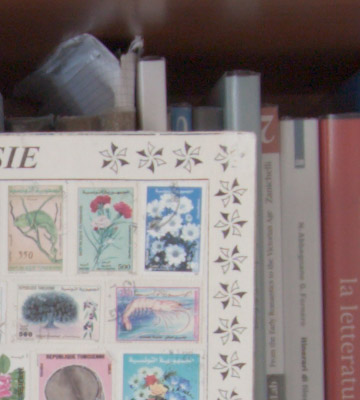 | � �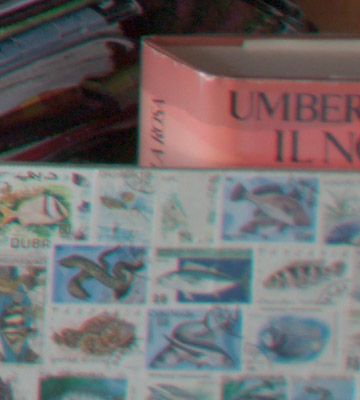 |
�
| �sigma 10-20 | � �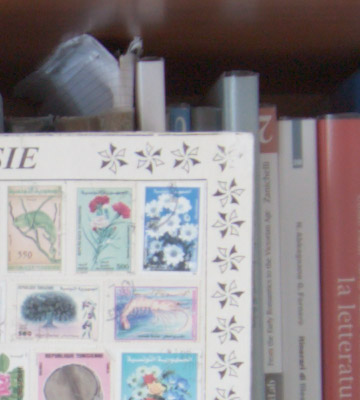 | � �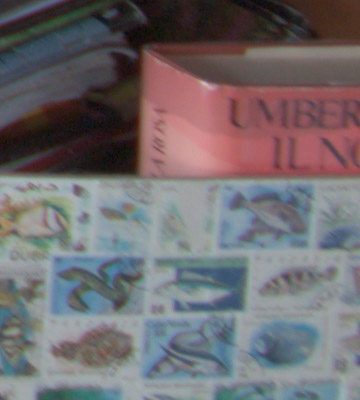 |
�
| �canon 10-22 | � � | � � |
�
| �tokina 11-16 | � � | � � |
�
| �tamron 10-24 | � �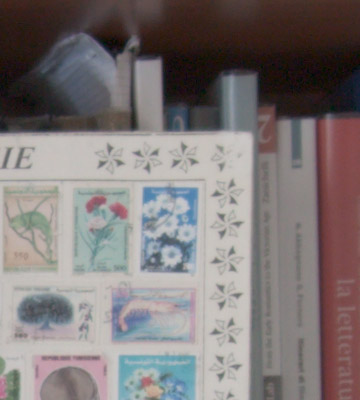 | � � | �
�
Wide open, the Canon 10-22 is the best; the other four are on par, slightly behind the Canon. That said, the difference is visible only in the extreme corners, otherwise they are all nearly on par.
10mm, f/11:
����| � | � �center | � �corner |
�
| �sigma 10-20n | � �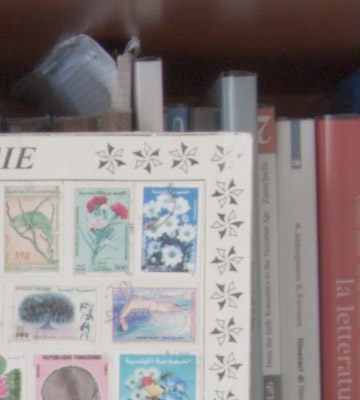 | � � |
�
| �sigma 10-20 | � �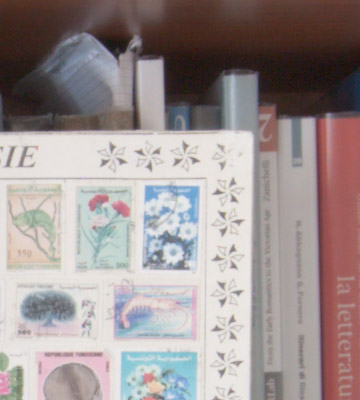 | � �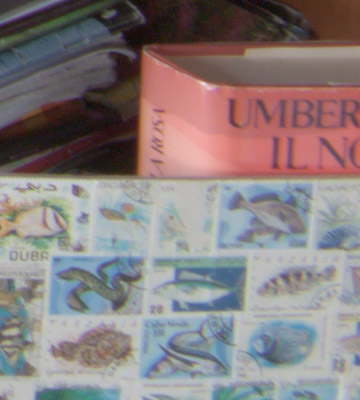 |
�
| �canon 10-22 | � �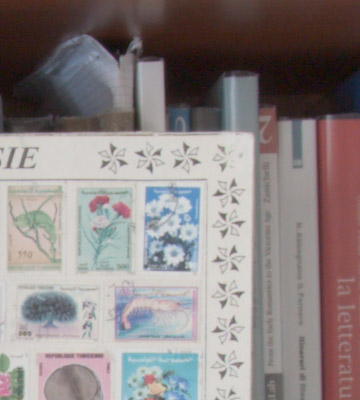 | � � |
�
| �tokina 11-16 | � �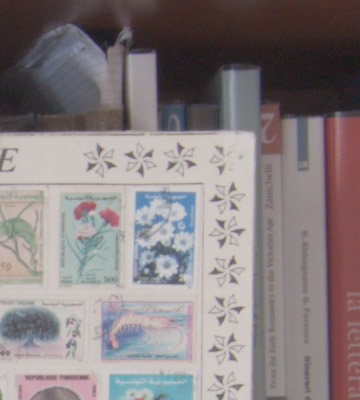 | � � |
�
| �tamron 10-24 | � �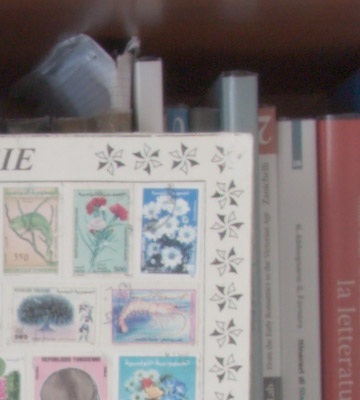 | � � | �
�
At f/11, they are all essentially identical.
20mm, wide open:
����| � | � �center | � �corner |
�
| �sigma 10-20n | � �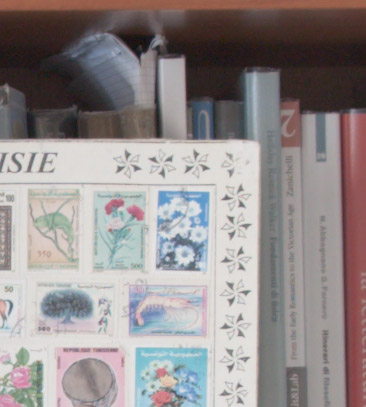 | � �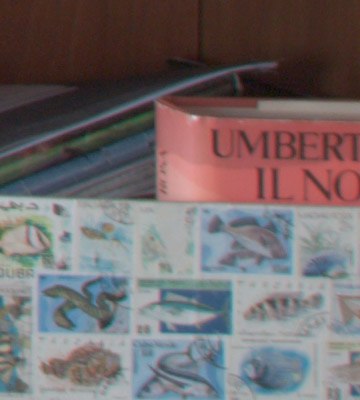 |
�
| �sigma 10-20 | � �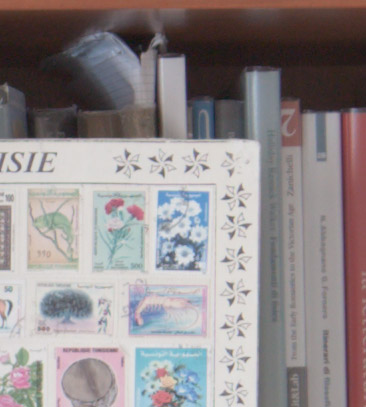 | � �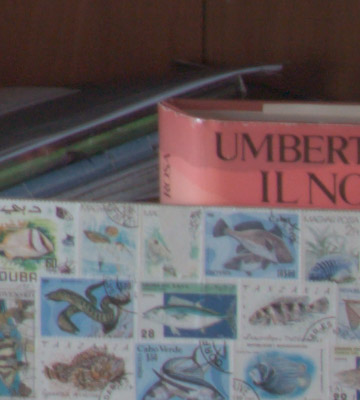 |
�
| �canon 10-22 | � �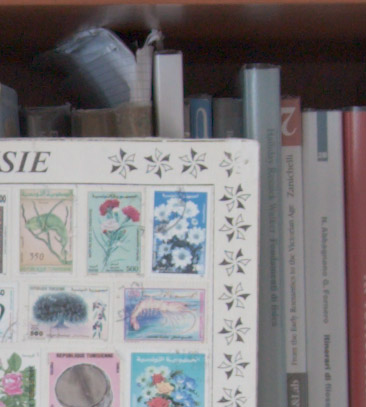 | � �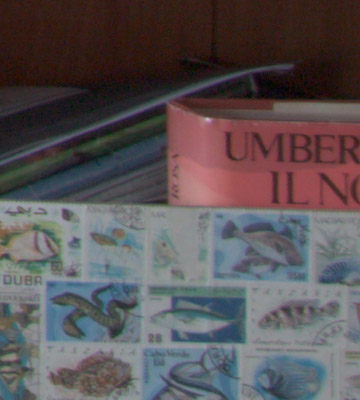 |
�
| �tokina 11-16 | � � | � � |
�
| �tamron 10-24 | � �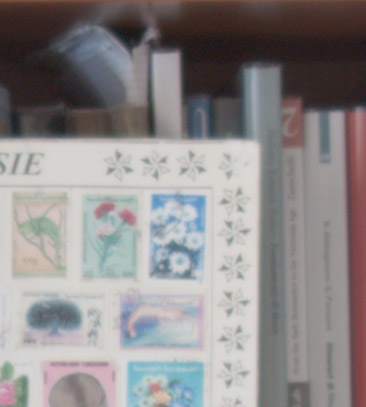 | � �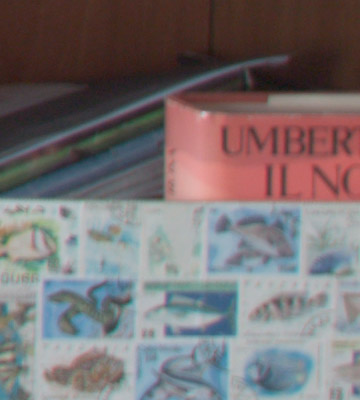 | �
�
Wide open, the Canon and the Sigma 10-20 f/3.5 are the best; the Sigma 10-20 f/4-5.6 and the Tokina are on par in the center, but they are not as good in the corners. The Tamron is clearly softer than the other four.
20mm, f/11:
����| � | � �center | � �corner |
�
| �sigma 10-20n | � �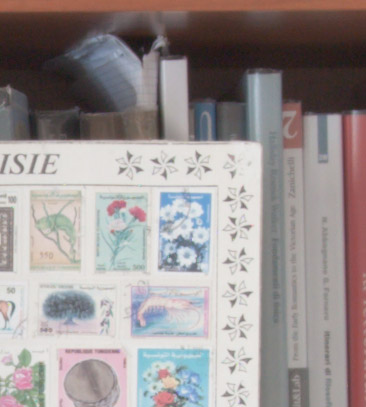 | � �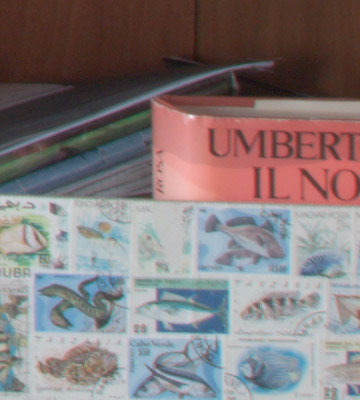 |
�
| �sigma 10-20 | � �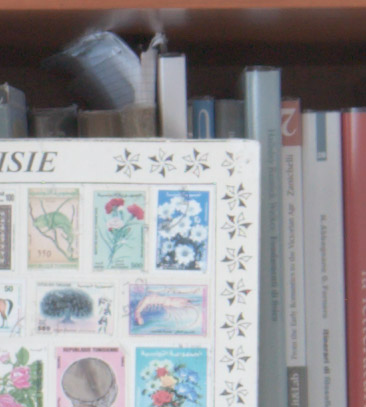 | � �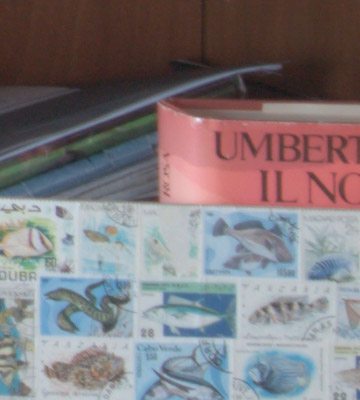 |
�
| �canon 10-22 | � �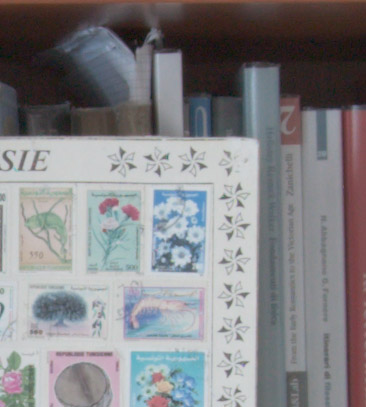 | � �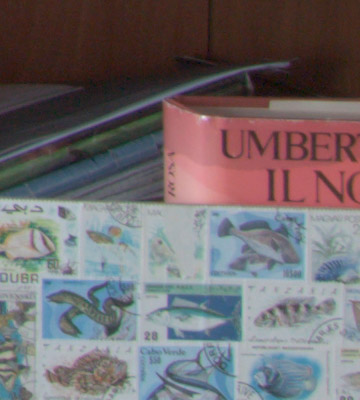 |
�
| �tokina 11-16 | � � | � � |
�
| �tamron 10-24 | � �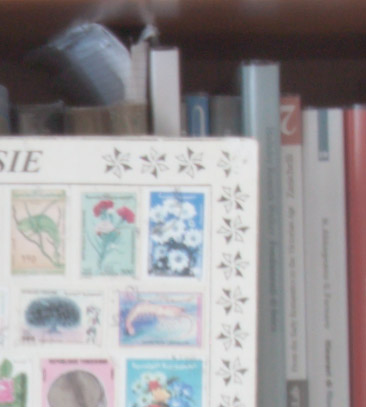 | � �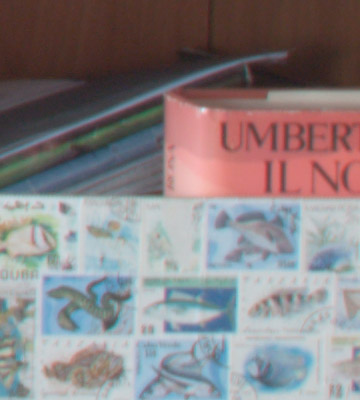 | �
�
At f/11, the Canon and the two Sigma are on par; the Tokina gives the same sharpness, but a bit less contrast, while the Tamron is still quite soft.
Flare
����| � | � �wide open | � �f/11 |
�
| �sigma 10-20n | � �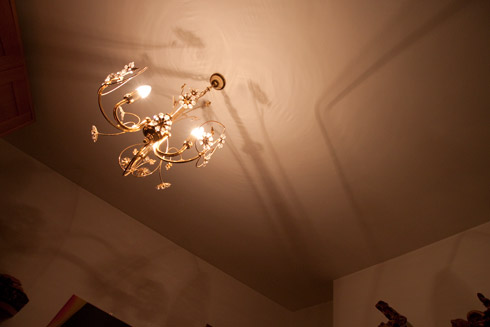 | � �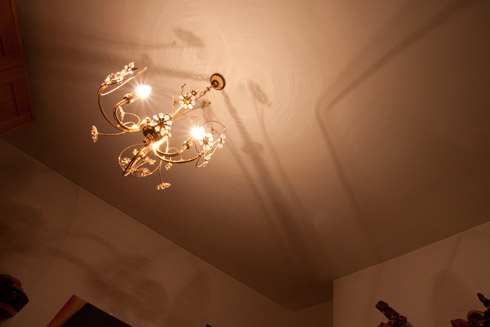 |
�
| �sigma 10-20 | � �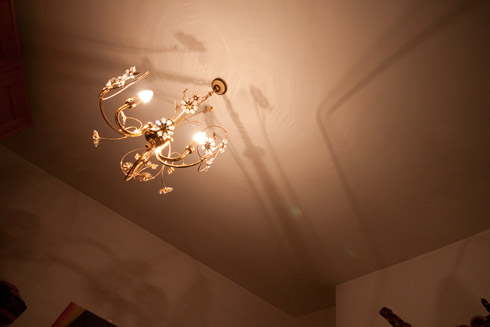 | � �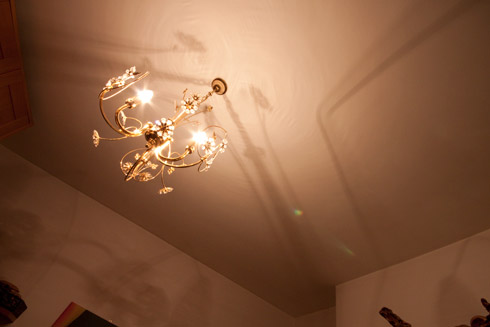 |
�
| �canon 10-22 | � �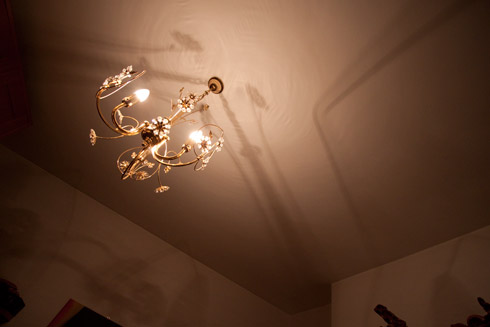 | � �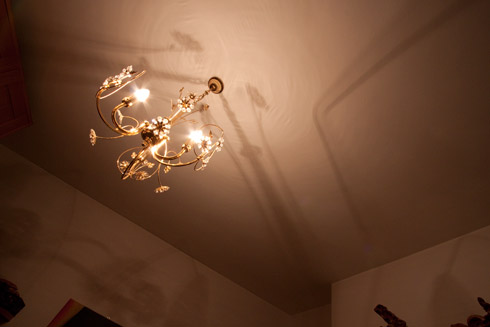 |
�
| �tokina 11-16 | � �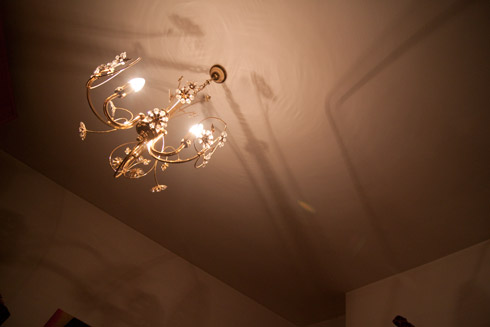 | � �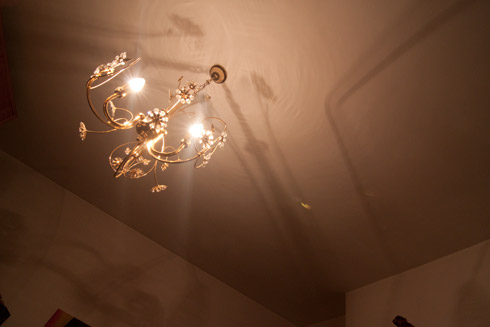 |
�
| �tamron 10-24 | � �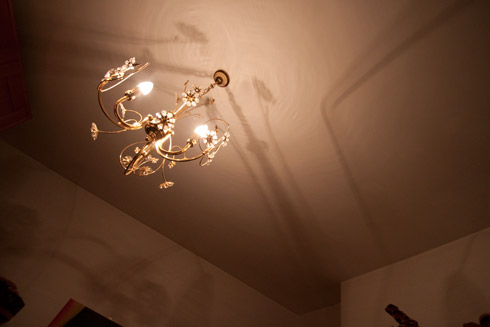 | � � |
�
| �sigma 12-24 | � �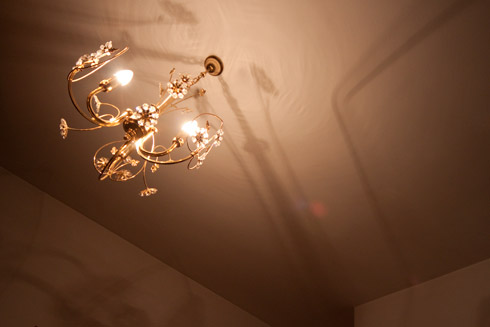 | � �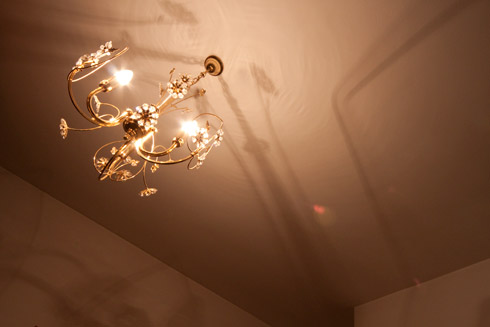 | �
�
The Canon and the Sigma 10-20 f/3.5 (here listed as sigma 10-20n) are the best; the Sigma 10-20 f/4-5.6 comes close, while the Tamron and the Tokina shows clearly more flare. In this comparison I have added the Sigma 12-24, too: in terms of flare, it is worse than the two Sigma 10-20mm lenses.
Distortion and angle of view
����| �Sigma 10-20 f/3.5 at 10mm | � �Sigma 10-20 at 10mm |
�
�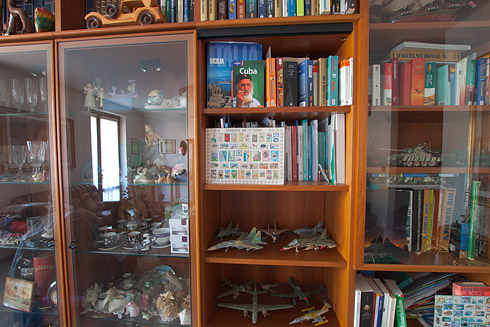 | � �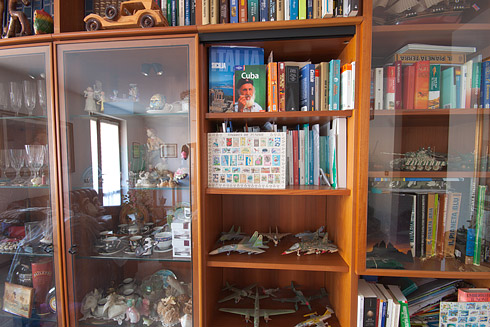 | �
�
����| �Canon 10-22mm at 10mm | � �Tokina 11-16mm at 11mm |
�
�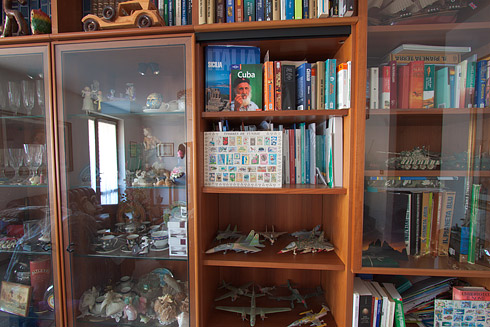 | � �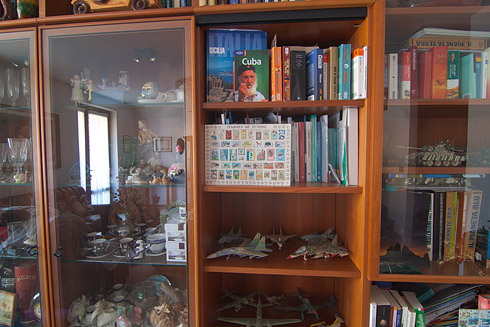 | �
�
����| �Tamron 10-24mm at 10mm |
�| � |
�
�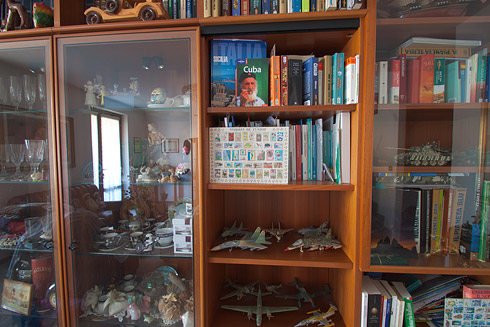 |
�| �� |
�
In term of distortion, the Canon is slightly better than the others and the Tokina is a bit worse, but overall there are not big differences. The angles of view are similar; the Canon and the two Sigma are true 10mm, the Tokina is a bit less wide (11mm as declared) and the Tamron looks something in between the Canon and Tokina - I'd say it is actually a 10.5mm or so.
Conclusions
Which one is best? In terms of value, the Sigma are the winners - they offer high image quality and they are less expensive than the Canon; other than that, they are on par with Canon both in terms of build quality and AF. The Canon is overall the best in terms of image quality, but it wins by a slight margin and it is the most expensive of the five lenses tested.
The Tokina has good image quality and a very bright aperture, but it is relatively expensive and it has a very limited range of focal lengths; I'd recommend it only if you really need the 2.8 aperture (if you do a lot of low light photos).
The Tamron has a great zoom range at an affordable price; image quality is ok at 10mm, but at 20mm it is not as good as the others.

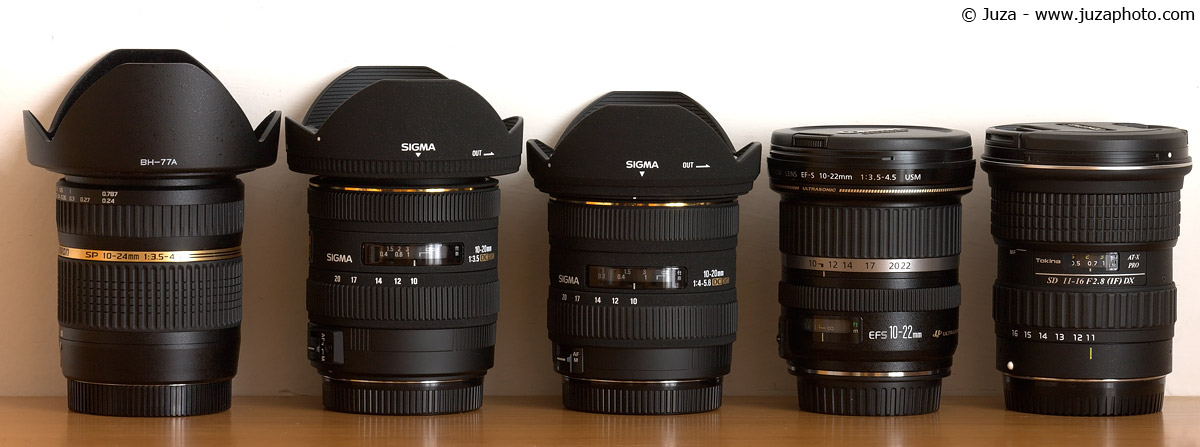


























































 JuzaPhoto contains affiliate links from Amazon and Ebay and JuzaPhoto earn a commission in case of purchase through affiliate links.
JuzaPhoto contains affiliate links from Amazon and Ebay and JuzaPhoto earn a commission in case of purchase through affiliate links.